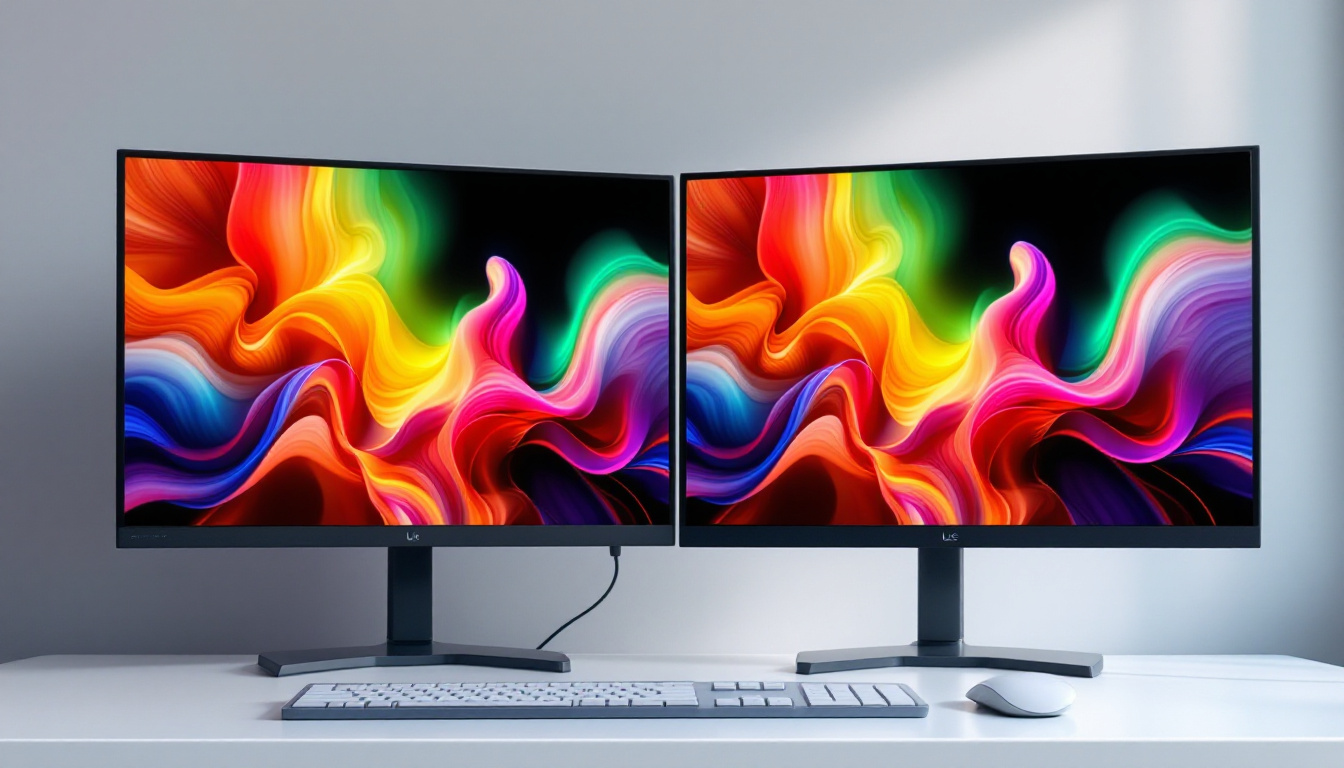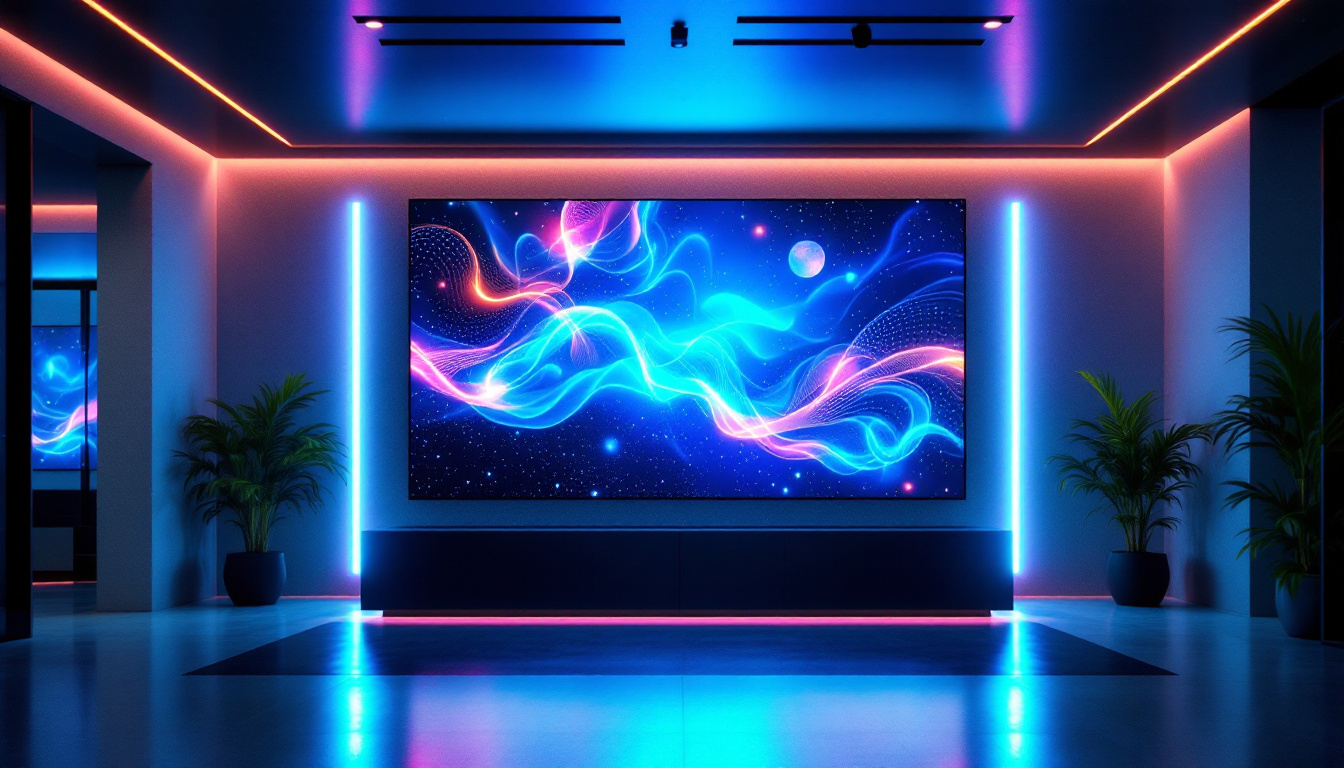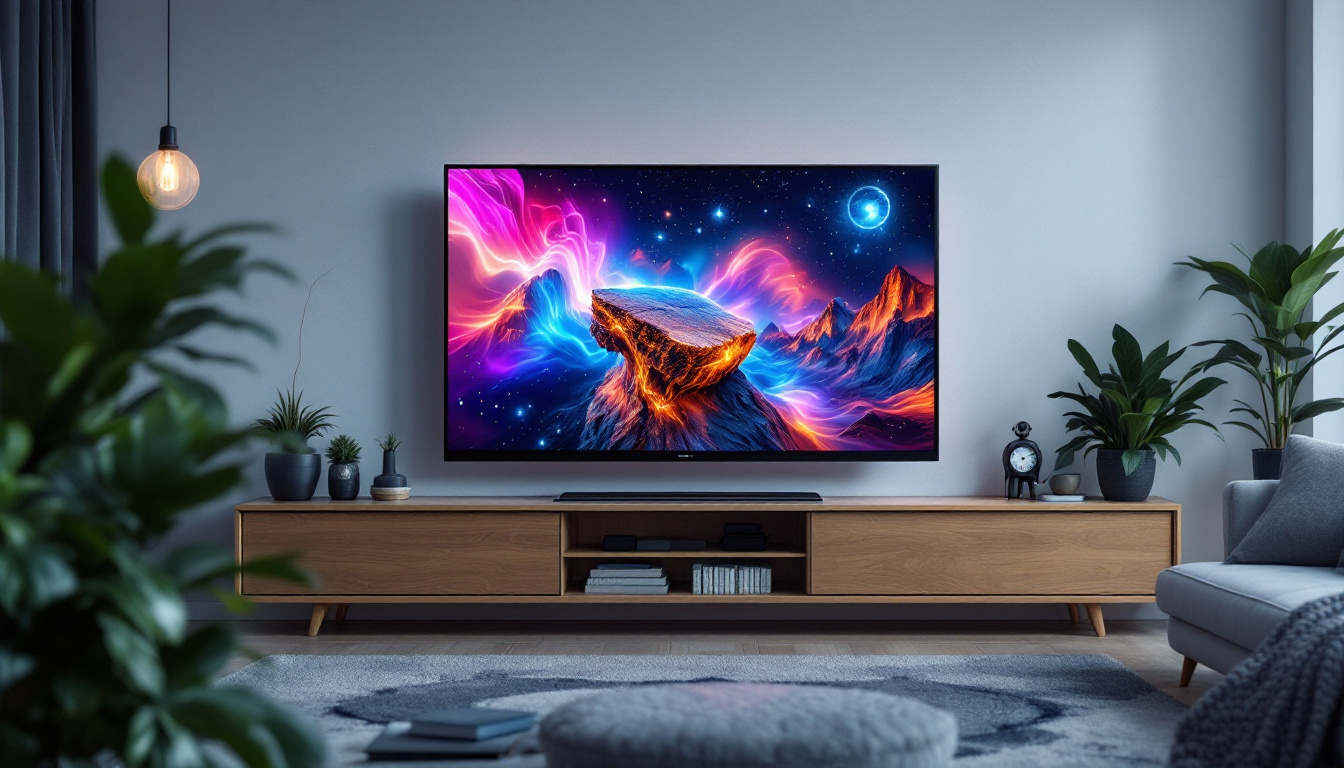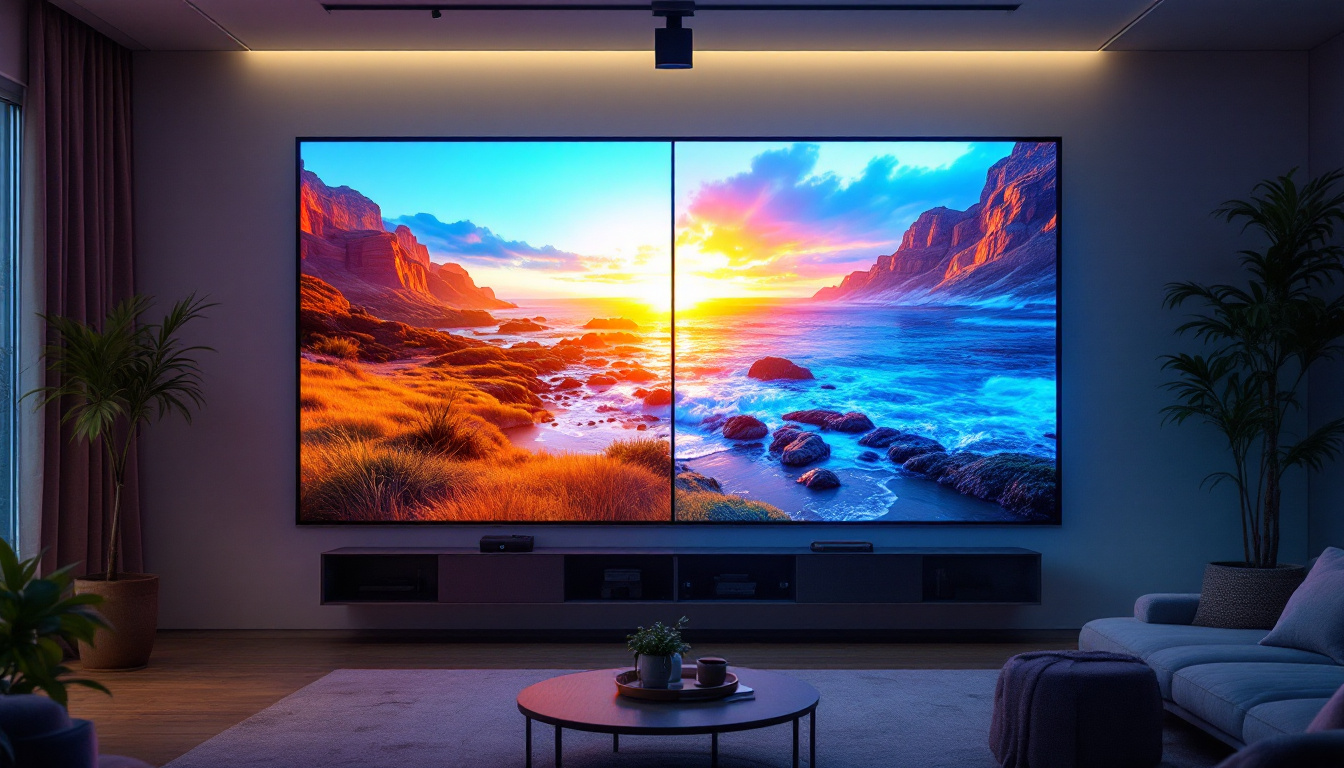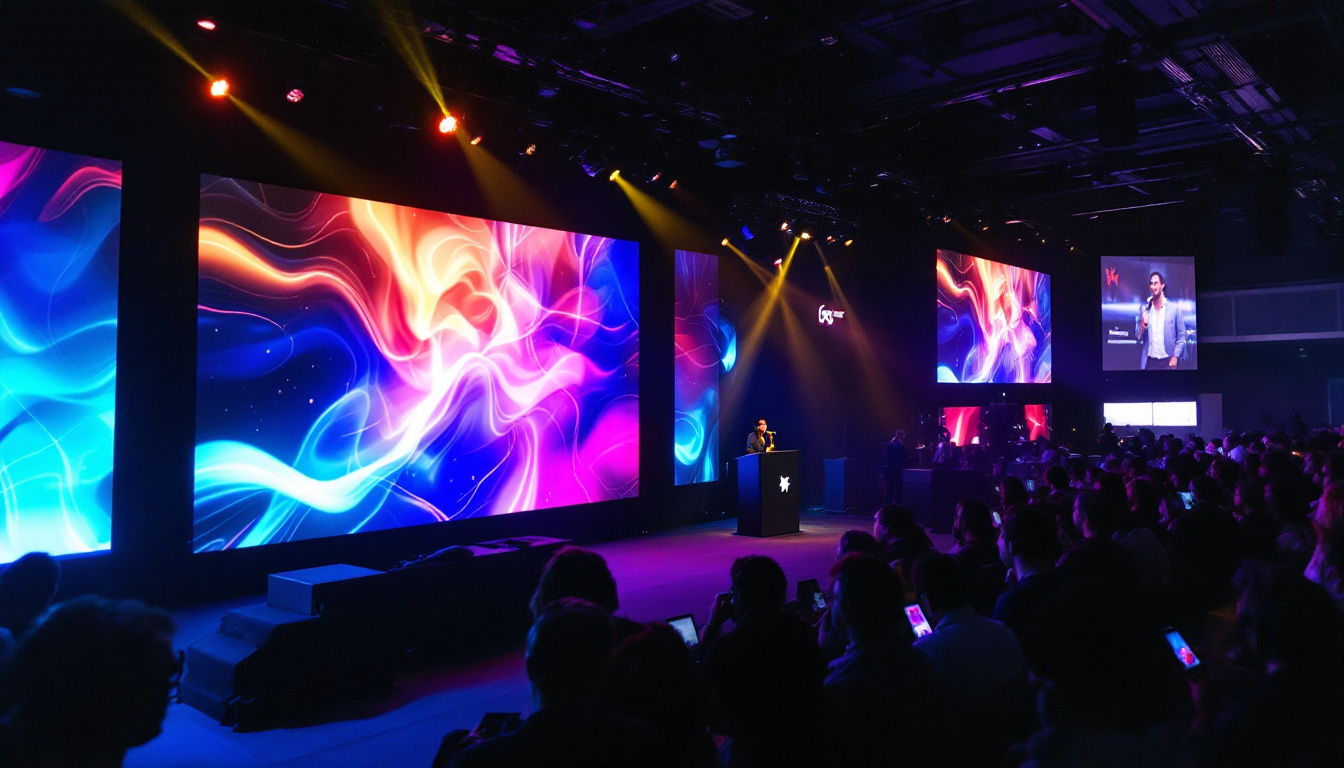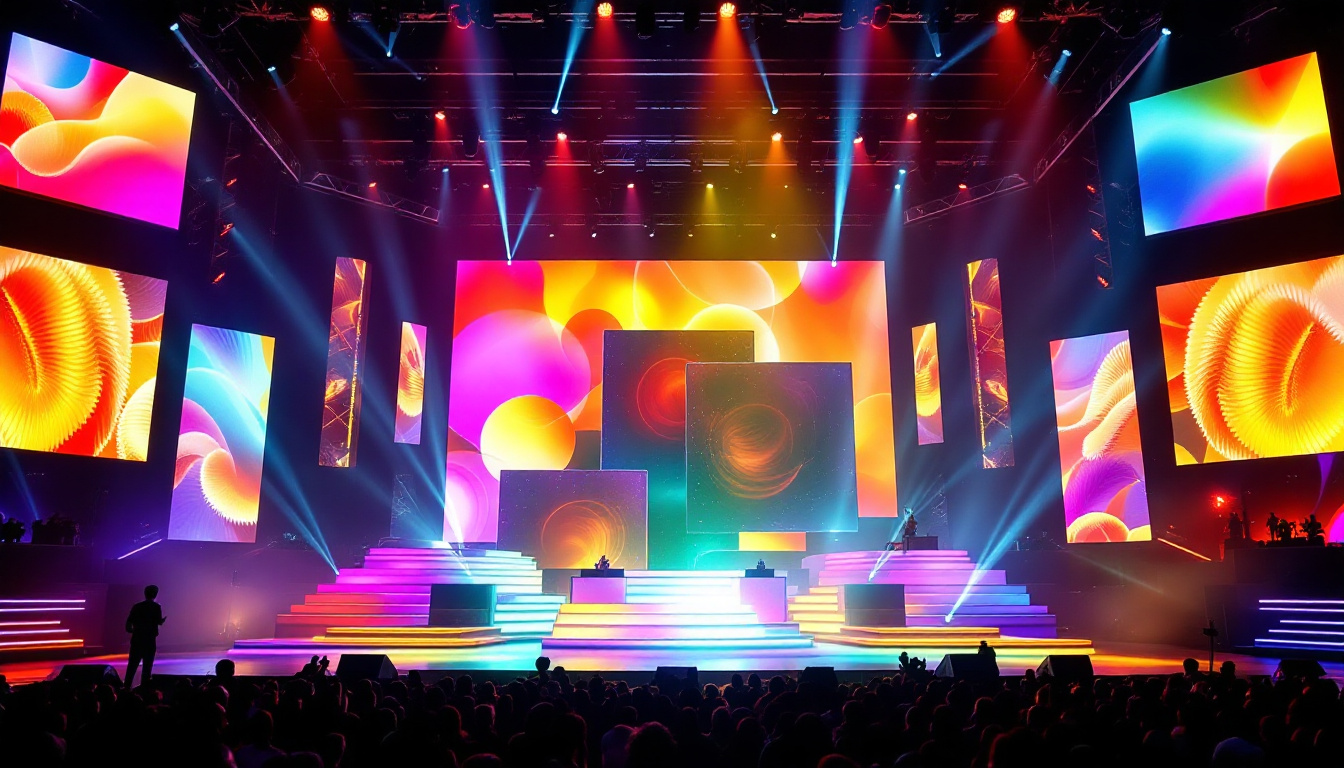The debate between LED and LCD computer screens is one that often confuses consumers and tech enthusiasts alike. While both technologies are used in modern displays, they have distinct characteristics that can influence a buyer’s decision. Understanding the differences can help in making an informed choice, whether for gaming, professional work, or casual use. This article delves into the nuances of LED and LCD screens, exploring their features, advantages, and ideal applications.
Understanding LCD Technology
Liquid Crystal Display (LCD) technology has been a staple in the display market for many years. It utilizes liquid crystals sandwiched between two layers of glass or plastic. When an electric current passes through these crystals, they align to allow varying degrees of light to pass through, creating images on the screen. This innovative technology has not only transformed how we view content but has also paved the way for advancements in display quality and efficiency.
How LCD Works
In an LCD screen, the backlight is crucial as it provides the necessary illumination. Traditional LCDs use Cold Cathode Fluorescent Lamps (CCFL) as their light source. These lamps emit a consistent light that passes through the liquid crystals, which modulate the light to produce images. The quality of the display is heavily influenced by the type of backlighting used, which can affect brightness, color accuracy, and energy consumption. More modern LCDs have begun to incorporate LED (Light Emitting Diode) backlighting, which not only enhances brightness and contrast but also allows for localized dimming, resulting in deeper blacks and a more vibrant color palette. This shift has significantly improved the overall viewing experience, making LCDs more competitive with other display technologies like OLED.
Advantages of LCD Displays
One of the primary advantages of LCD displays is their thin profile, which allows for sleek designs that are easy to integrate into various environments. Additionally, LCDs typically offer excellent color reproduction and are less prone to burn-in compared to older technologies like CRTs. They are also generally more energy-efficient than their predecessors, making them a popular choice for both home and office use. Furthermore, the durability of LCD screens contributes to their widespread adoption; they are less susceptible to physical damage and can withstand a range of environmental conditions. This robustness makes them ideal for use in public displays, such as in shopping malls or transportation hubs, where they are exposed to constant use and varying lighting conditions. The versatility of LCD technology has also led to its application in various devices, from smartphones and tablets to large-scale televisions and computer monitors, showcasing its adaptability across different sectors.
Exploring LED Technology
Light Emitting Diode (LED) technology is often considered a subset of LCD technology, as it also utilizes liquid crystals. However, the key difference lies in the backlighting method. LED displays use light-emitting diodes to illuminate the screen, providing several advantages over traditional LCDs.
Types of LED Displays
There are primarily two types of LED displays: Edge-lit and Full-array. Edge-lit LED displays have LEDs positioned around the edges of the screen, allowing for a thinner profile. In contrast, full-array LED displays have a grid of LEDs behind the entire screen, which can enhance brightness and contrast levels. This distinction plays a significant role in the overall performance of the display. Full-array displays can also incorporate local dimming technology, which enables certain areas of the screen to dim or brighten independently, further improving the viewing experience by enhancing the depth of the image.
Benefits of LED Technology
LED displays are known for their superior brightness and contrast compared to standard LCDs. The use of diodes allows for more precise control over lighting, resulting in deeper blacks and more vibrant colors. Additionally, LED technology is more energy-efficient, which can lead to lower electricity bills over time. The longevity of LED displays is another significant advantage, as they tend to last longer than traditional LCD screens. Furthermore, LED technology has evolved to include features such as HDR (High Dynamic Range), which expands the range of colors and brightness levels, allowing for a more lifelike viewing experience. This technology is particularly beneficial for watching movies or playing video games, where visual detail and color accuracy can significantly enhance immersion.
Comparing LED and LCD Displays
While both LED and LCD screens have their merits, comparing them directly can help clarify which option might be best suited for specific needs. Factors such as image quality, energy consumption, and cost can greatly influence a buyer’s decision.
Image Quality
When it comes to image quality, LED displays generally outperform traditional LCDs. The ability to achieve higher brightness levels and better contrast ratios allows LED screens to produce more vivid and lifelike images. This is particularly beneficial for activities such as gaming or watching movies, where visual fidelity is paramount. Furthermore, LED technology often incorporates local dimming features, which enhance black levels and provide deeper shadows, making scenes appear more dynamic and immersive. For photographers and graphic designers, the superior color accuracy of LED displays can be a game changer, allowing for more precise editing and a truer representation of their work.
Energy Efficiency
Energy efficiency is another area where LED displays excel. The technology used in LED screens consumes less power, which not only benefits the environment but also reduces operating costs. For users who spend long hours in front of their screens, the energy savings can be significant over time. In fact, many LED displays are designed to meet stringent energy efficiency standards, making them an eco-friendly choice for both home and office environments. Additionally, the longevity of LED technology means that these displays often have a longer lifespan compared to traditional LCDs, further contributing to their cost-effectiveness in the long run.
Cost Considerations
Cost is often a deciding factor when choosing between LED and LCD displays. Generally, LED screens tend to be more expensive due to their advanced technology and superior performance. However, the price difference can be justified by the benefits they offer, especially for users who prioritize image quality and energy efficiency. It’s also worth noting that as technology advances, the price gap between LED and LCD displays has been gradually narrowing. This trend makes it increasingly feasible for consumers to invest in LED technology without breaking the bank. Moreover, many manufacturers now offer a range of LED models at various price points, catering to budget-conscious buyers while still delivering impressive performance.
Applications of LED and LCD Displays
Understanding the ideal applications for each type of display can help users make the right choice based on their specific needs. Both technologies have their strengths, making them suitable for different environments and purposes.
Best Uses for LCD Displays
LCD displays are often favored in office settings where tasks such as word processing, spreadsheet management, and general browsing are common. Their reliable color accuracy and energy efficiency make them suitable for long working hours. Additionally, they are often more affordable, making them a practical choice for businesses looking to equip multiple workstations. Beyond the office, LCD technology is also widely used in educational environments, such as classrooms and lecture halls, where clear visibility from various angles is crucial. The lightweight nature of LCD panels allows for easy installation on walls or mobile stands, making them versatile for presentations and interactive learning sessions.
Best Uses for LED Displays
LED displays shine in environments where high-quality visuals are essential. Gamers, graphic designers, and video editors will benefit from the enhanced color accuracy and contrast ratios that LED technology provides. Furthermore, LED screens are ideal for home theater setups, where vibrant images and deep blacks can significantly enhance the viewing experience. In addition to entertainment, LED displays are increasingly being utilized in advertising and public information systems. Their ability to produce bright, eye-catching graphics makes them perfect for digital billboards and signage, capturing the attention of passersby even in bright daylight. Moreover, the longevity and low power consumption of LED technology make it a sustainable choice for businesses looking to reduce their environmental footprint while still delivering high-impact visuals.
Future Trends in Display Technology
The landscape of display technology is constantly evolving, with new advancements emerging regularly. Understanding these trends can provide insight into what the future holds for LED and LCD displays.
Emerging Technologies
One of the most exciting developments in display technology is the rise of OLED (Organic Light Emitting Diode) screens. Unlike LED and LCD displays, OLED technology does not require a backlight, as each pixel emits its own light. This leads to even better contrast ratios and color accuracy. As OLED becomes more mainstream, it may challenge the dominance of LED displays in the market.
Smart Displays
Another trend is the integration of smart technology into displays. Many modern screens now come equipped with smart features, allowing users to connect to the internet, stream content, and access apps directly from their displays. This shift towards smart displays adds a layer of convenience and functionality that appeals to a wide range of consumers.
Conclusion: Making the Right Choice
Choosing between LED and LCD displays ultimately depends on individual needs and preferences. For those who prioritize image quality and energy efficiency, LED technology may be the better option. Conversely, users looking for an affordable and reliable display for everyday tasks might find that traditional LCDs meet their requirements.
As technology continues to advance, staying informed about the latest developments can help consumers make educated choices. Whether opting for an LED or LCD screen, understanding the nuances of each technology can enhance the overall user experience and satisfaction.
In summary, both LED and LCD displays have their unique advantages and applications. By considering factors such as image quality, energy efficiency, and cost, users can select the display that best fits their needs, ensuring they enjoy a superior viewing experience for years to come.
Discover the Future of Visual Display with LumenMatrix
Ready to elevate your visual experience with the latest in LED display technology? Look no further than LumenMatrix, a pioneer in crafting immersive and dynamic LED display modules. From the vibrant clarity of an Indoor LED Wall Display to the robust brilliance of Outdoor and Vehicle LED Displays, LumenMatrix offers a comprehensive range of solutions tailored to your unique needs. Whether it’s for advertising, live sports, or custom installations, our mission is to transform your visual communication with unparalleled impact and precision. Don’t just take our word for it; check out LumenMatrix LED Display Solutions today and see the difference for yourself!

